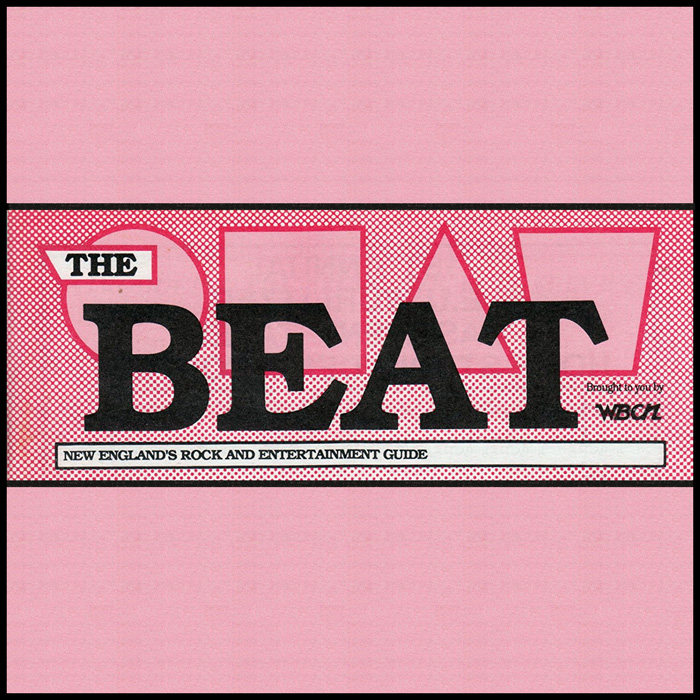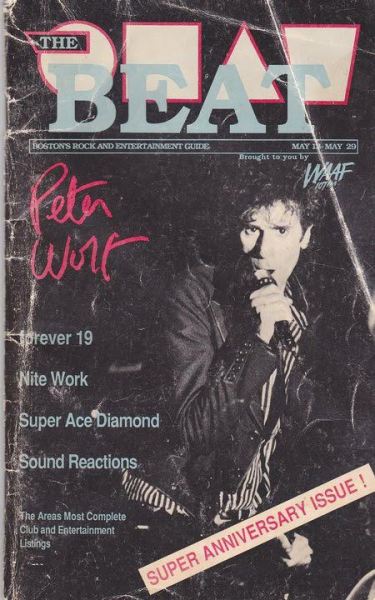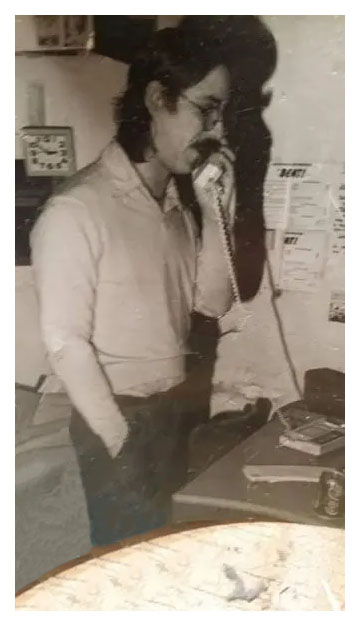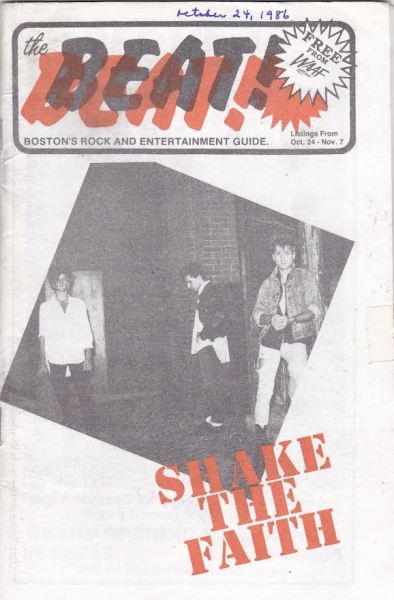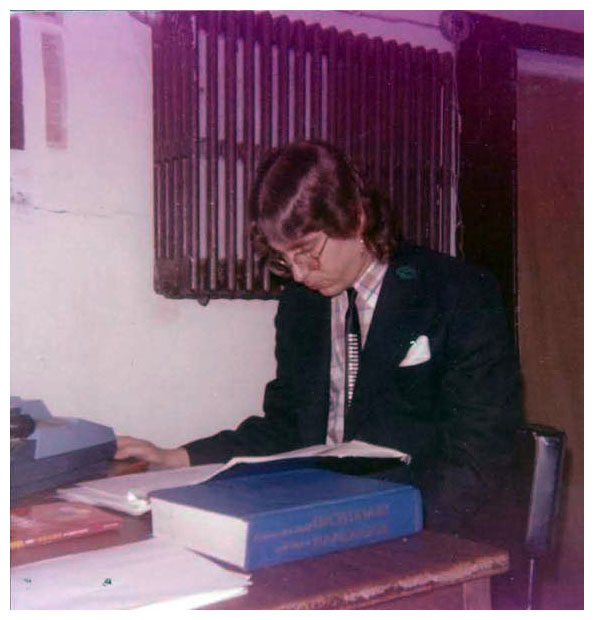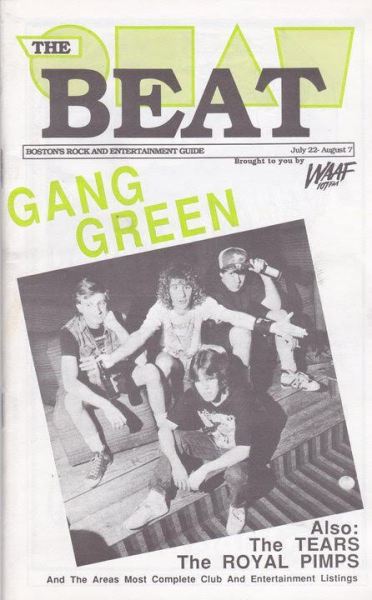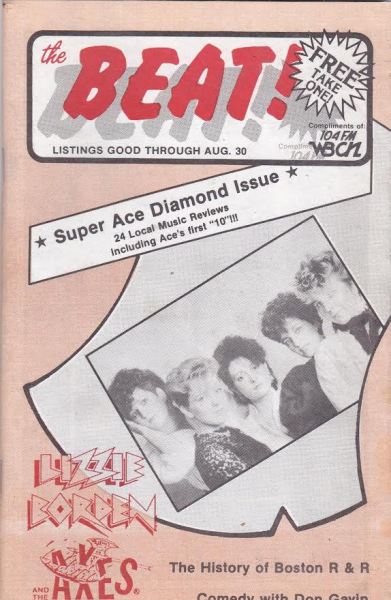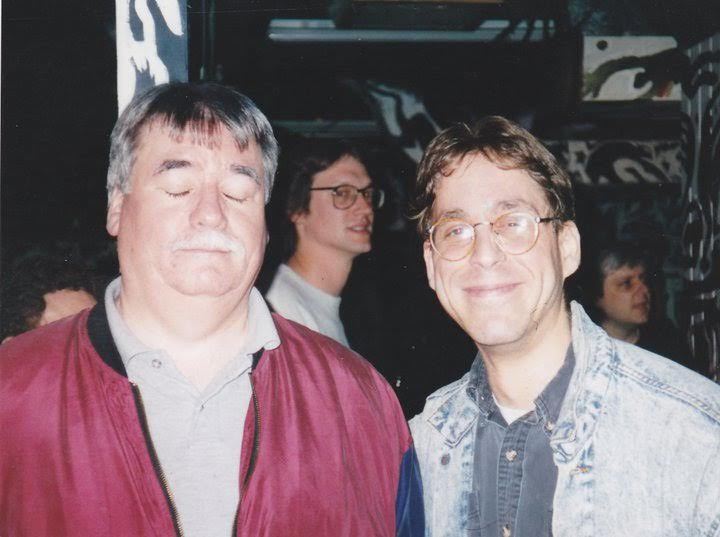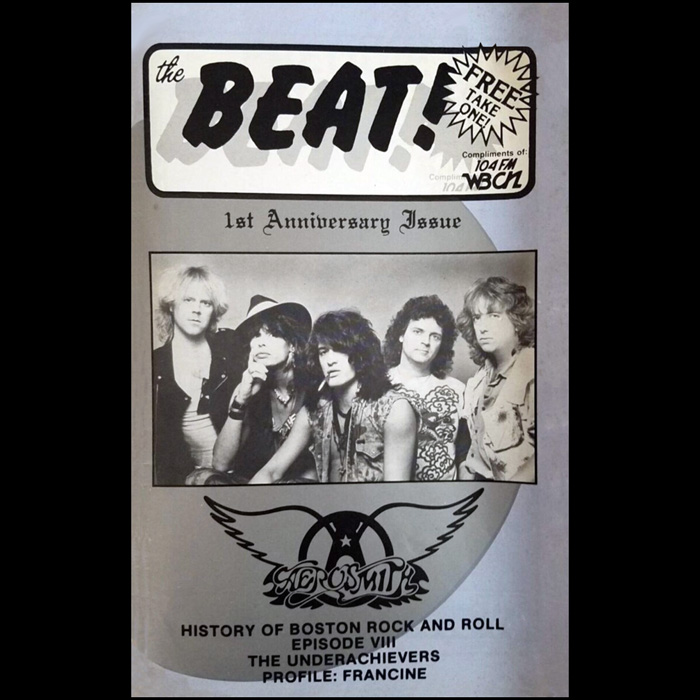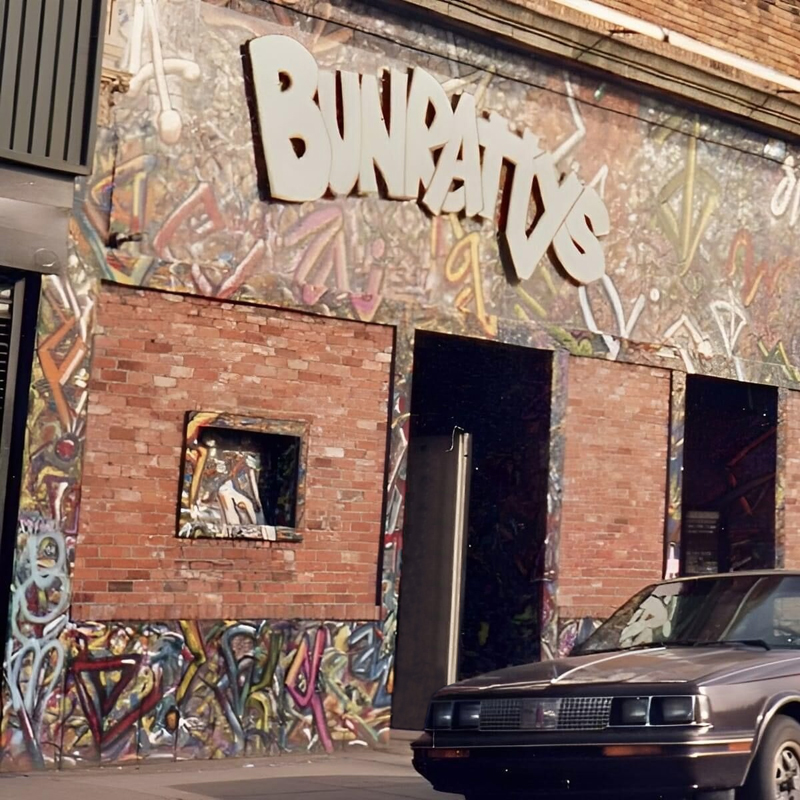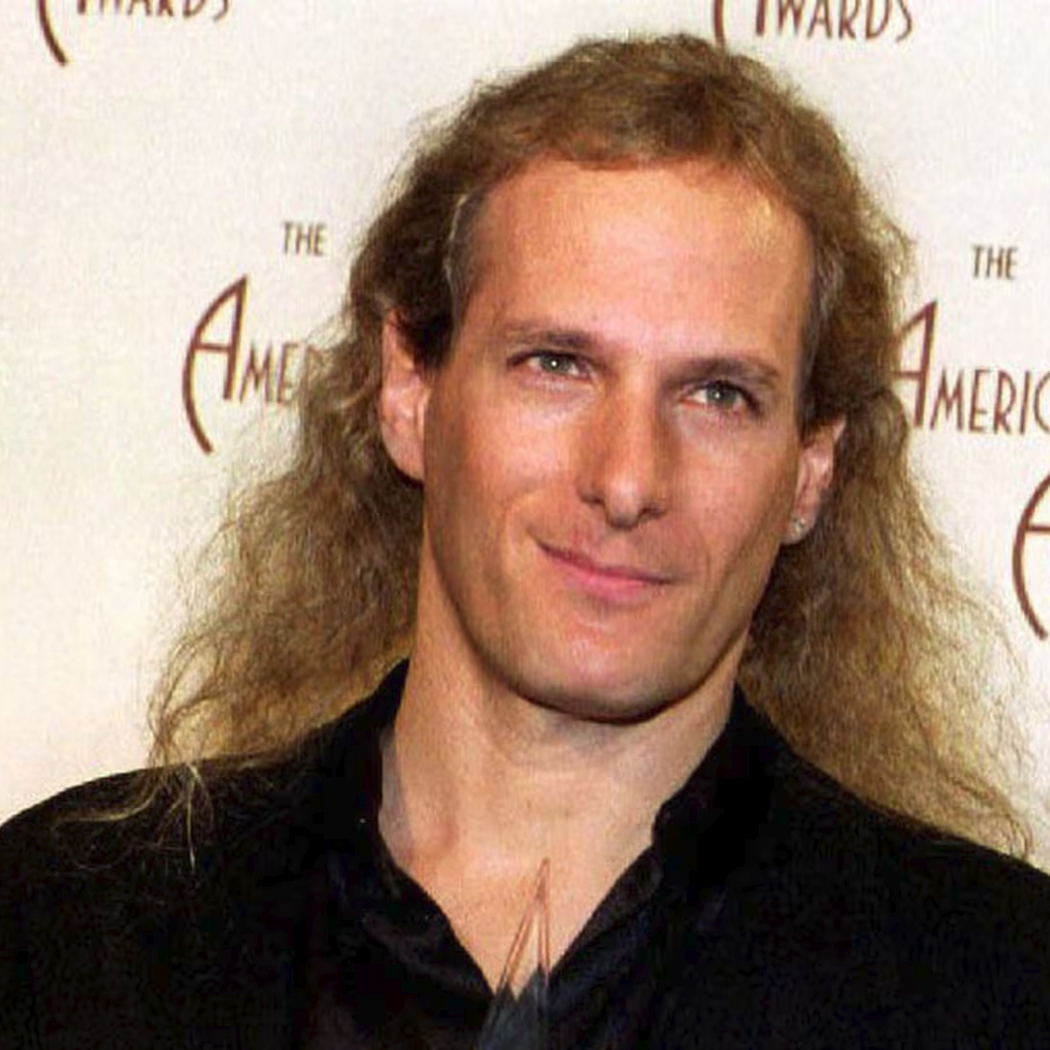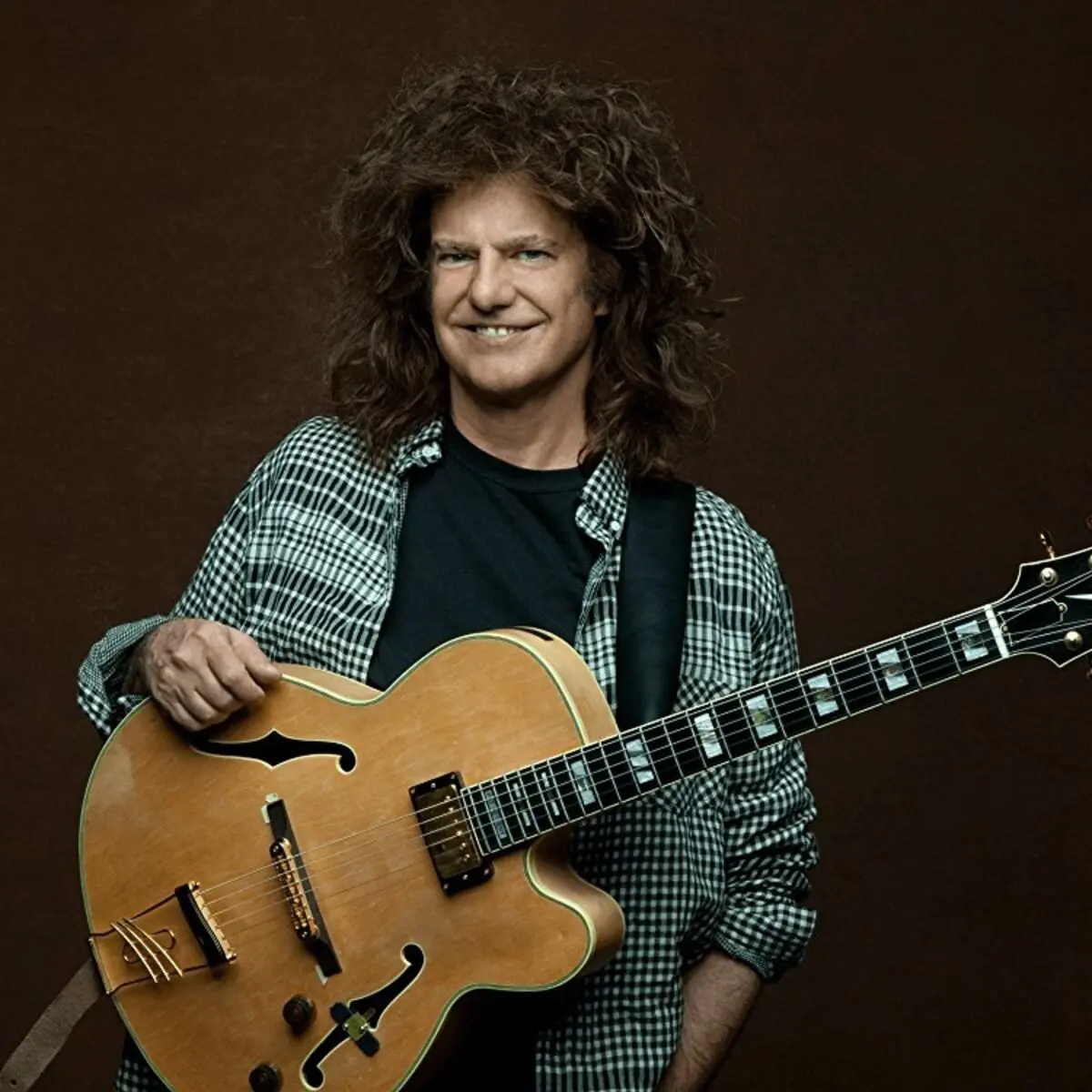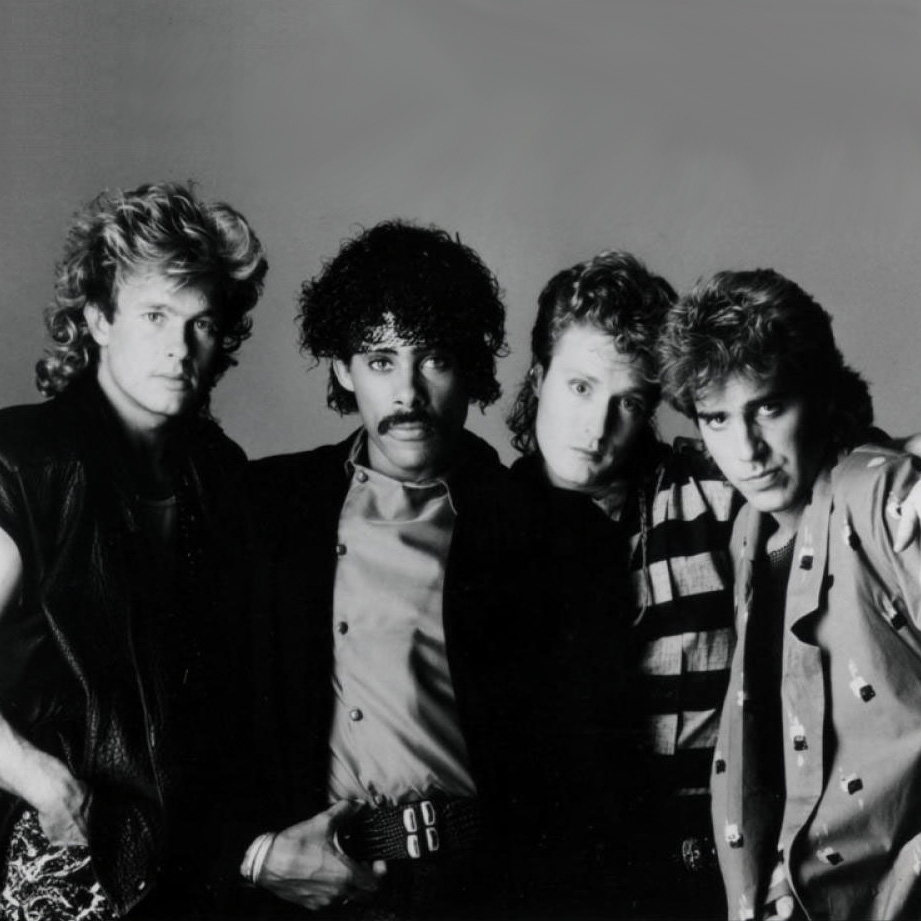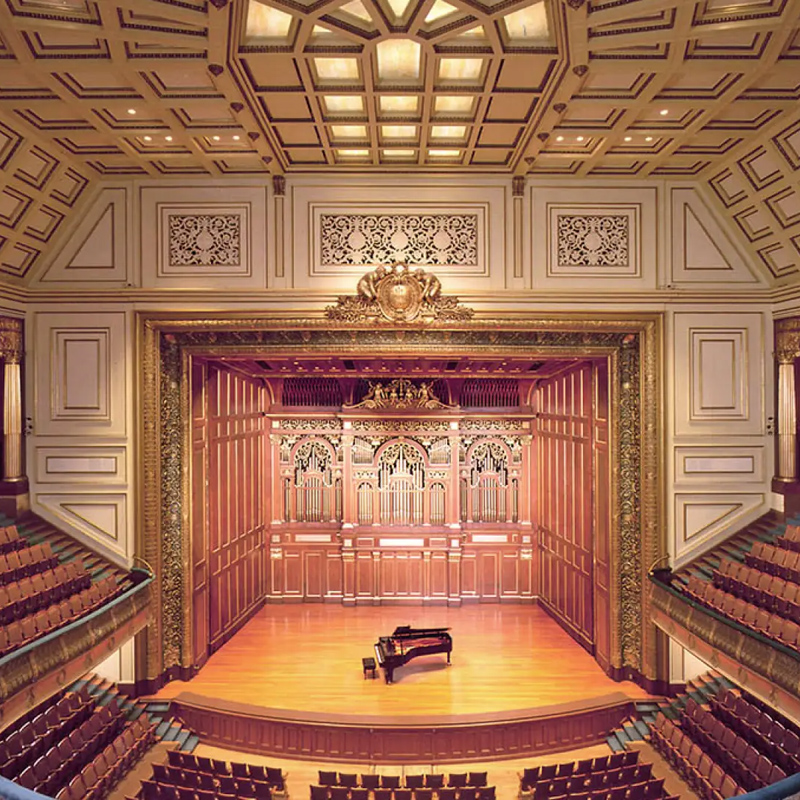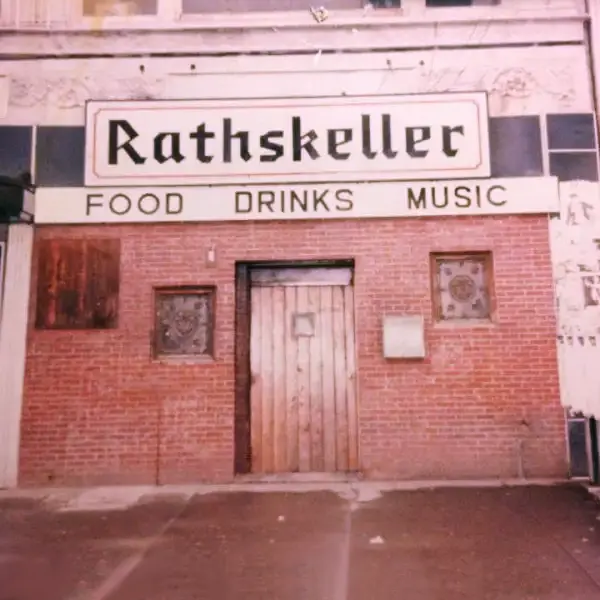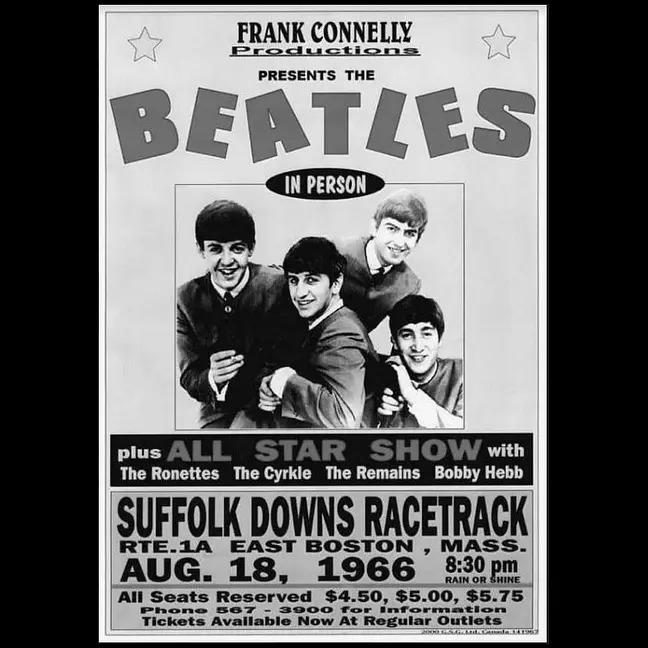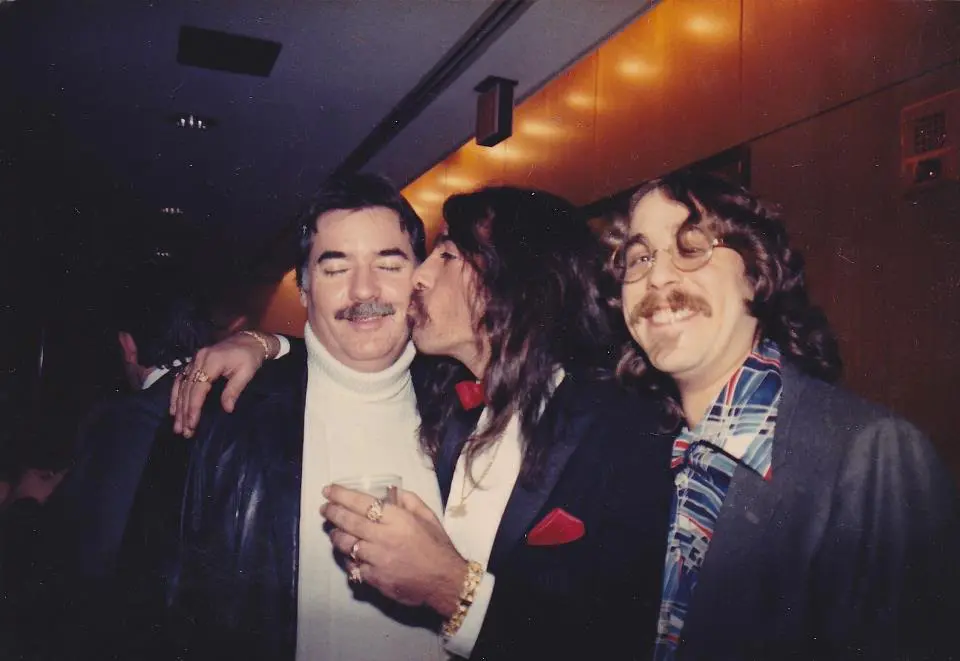It was a great time to be a musician in Boston when The Beat magazine first came out in 1983 because the US economy was booming and the local scene exploded. With three world-famous music schools – Berklee College of Music, New England Conservatory and Boston Conservatory at Berklee – and music departments in many of its other colleges and universities, the city was home to teens from all over the world who came to study and spend their parents’ money. And they brought all kinds of different music from their home regions, which created an entire galaxy of Boston-based bands and fans that lasted for years to come.
Founding, Contents, Staff
The late Mickey O’Halloran, a tough kid from tough Charlestown, served in Vietnam as a Green Beret before becoming a bartender at and the manager of Yesterdays, a bar inside The Kenmore Club in Boston’s Kenmore Square. In 1983, while managing Bunratty’s in Allston, he had an epiphany of sorts and started The Beat as a weekly with his assistant manager, Dave Giammatteo, promoting the new publication as “Best Entertainment Around Town.”
Each issue featured a cover story, a secondary story, concert reviews, CD reviews (by Ace Diamond), comedy and production sections and, in later its editions, cartoons of local characters by Zaz. Ace Diamond was really Michael Hill, Zaz was really Ron Pitts and both were Mickey’s housemates. The Beat was published in black and white only at first but, after a year of steady growth, it included some color pages.
The magazine’s original staff consisted of Mickey and Dave’s friends, working for very little or no money. As it grew, they hired more writers, a sales team, proofreaders, copy editors and an editor-in-chief, the first of whom was Kathei Logue, a well-known booking agent for The Rathskeller who bluffed her way into meeting The Beatles during a press conference one time when she was a teenager. I first joined the club as copy editor, then became assistant editor. Initially, Dave Gee, Office Manager Michael Hill (who’d been part of Dave’s roommate Jon Butcher‘s road crew forever), Art Director Tom Saulnier, Production Manager Richard Abaid and paste-up artists Jesse Mayer (also the drummer in the band Fingerpaint) and Shirley White held down the fort during the day. A number of people worked for The Beat briefly in minor roles over the years.
Daily/nightly routine, Growing reputation
Mickey O and I were the public faces of The Beat and our daily routine went like this: We’d hop in his car and drive all over New England – to at least two (and up to four) clubs nightly – to gather gossip for our “Insignifica” column, collect new CD releases and show our strong support for the local music scene and its members. For five-plus years, we did this every single night of the year. And somehow we always made it back to Bunratty’s for last call.
Everybody involved in the local music scene knew our routine and could catch us in the afternoon or after 2am (when Bunratty’s closed) at The Beat office location on Glendale Road, across the street from the club. There we would hold court, type our articles and welcome visitors for most of the early hours until sunrise. The magazine’s reputation grew steadily, largely due to the fact that we covered shows that Boston’s more prominent publications often didn’t. I remember the countless times I walked up to musicians I didn’t know in clubs far outside Boston and introduced myself saying, “I’m from The Beat magazine. You don’t see anyone from the Globe or the Herald or The Boston Phoenix coming out to see you, do you?”
O’Halloran’s departure, National focus, Closing
By 1988, internal disagreements led to Mickey O leaving for what turned out to be greener pastures. The Beat had printed over 100 issues, but it would be out of business a short time later. To replace Mickey O, Dave Gee’s friend and former Bunratty’s employee Gary Shea came up from New York City to change the direction of the magazine.
The “Insignifica” column was now mainly based on mailed-in or phoned-in information and the magazine’s focus soon became national and less local, with artists including Michael Bolton, Wargasm, Pat Metheny and KISS guitarist Vinnie Vincent appearing on the cover. Gary thought The Beat needed backers to help us grow so I arranged meetings with WBCN and WAAF that resulted in both stations sponsoring us for brief periods. Gary also tried expanding to Worcester and Providence, but those projects didn’t last more than a few issues in each city.
I began writing for The Boston Phoenix, which prevented me from continuing in my role at The Beat, since their administration perceived the relative upstart as a competitor. The magazine lasted for less than a year after my departure but I’m still doing the exact same thing I was doing 40 years ago: writing to spread the word about local artists and supporting the local scene. In that respect, The Beat is very much still alive and well.
(by A.J. Wachtel)

